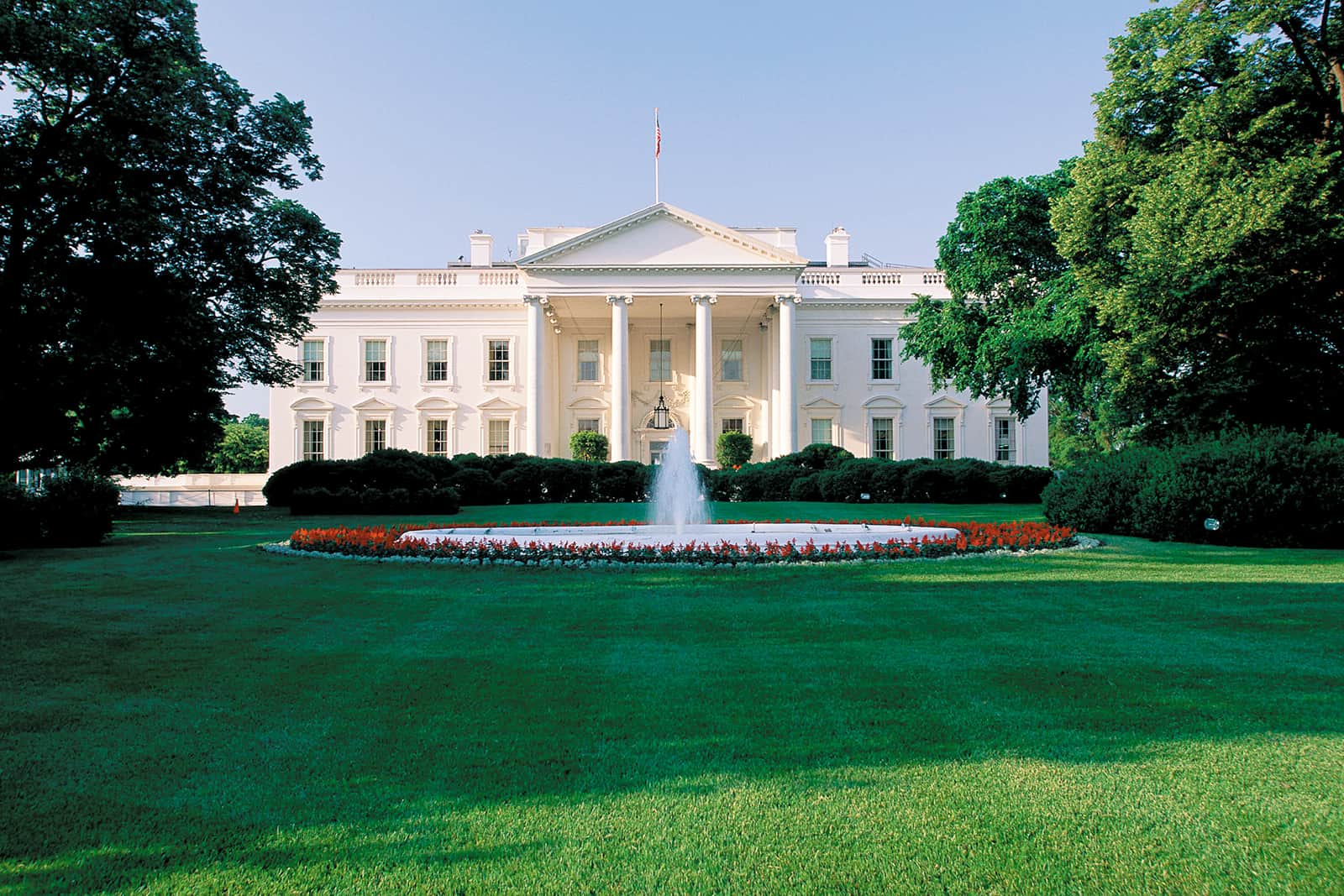
Introduction
The White House, the iconic residence of the President of the United States, is a symbol of both power and history. It has witnessed countless events that have shaped the nation, from the signing of the Declaration of Independence to the landing on the moon. In this detailed tour, we’ll delve into the fascinating secrets and complexities of this architectural marvel, exploring its unique features, its historical significance, and its evolving role in American politics.
Historical Significance
The White House’s history is inextricably linked to the history of the United States. Constructed between 1792 and 1800, it was designed by Irish-born architect James Hoban and is a prime example of neoclassical architecture. Originally known as the President’s House, it was given its current name by President Theodore Roosevelt in 1901. Over the centuries, the White House has undergone numerous expansions and renovations, with the most significant being the addition of the West Wing in 1902 and the East Wing in 1942.
The White House has been the setting for some of the most consequential moments in American history. It was here that Abraham Lincoln signed the Emancipation Proclamation, that Franklin D. Roosevelt broadcast his fireside chats, and that Dwight D. Eisenhower initiated the race to the moon. The building has also been attacked several times, most notably by the British in 1814 and by a gunman in 1994.
Architectural Complexity
The White House is a stunning example of neoclassical architecture, characterized by its symmetrical design, its use of columns and pilasters, and its white painted exterior. The building is made of sandstone and is composed of a central block and two flanking wings. The central block is topped by a dome, which houses the Oval Office, the president’s private workspace.
The White House is a vast complex, with over 132 rooms, 35 bathrooms, and 6 kitchens. It has a total floor space of over 55,000 square feet and is the largest residence of any head of state in the world. The building is constantly being updated to meet the needs of the president and his family, and it is estimated that over $1 billion has been spent on renovations over the years.
Political Significance
The White House is more than just a building; it is a symbol of American democracy. It is the place where the president lives and works, and it is the center of the executive branch of the federal government. The White House is also a popular tourist destination, and it is estimated that over 5 million people visit the building each year.
The White House has been the stage for countless political events, from diplomatic negotiations to press conferences. It is also the place where the president meets with foreign leaders, signs legislation into law, and addresses the nation. The building has been used for a wide variety of purposes, including as a hospital during the Civil War and as a shelter during the Cold War.
Conclusion
The White House is a complex and fascinating building that has played a central role in American history. It is a symbol of both power and democracy, and it is a living testament to the enduring legacy of the United States. The White House is a must-see for any visitor to Washington, D.C., and it is a building that will continue to captivate and inspire for generations to come.
